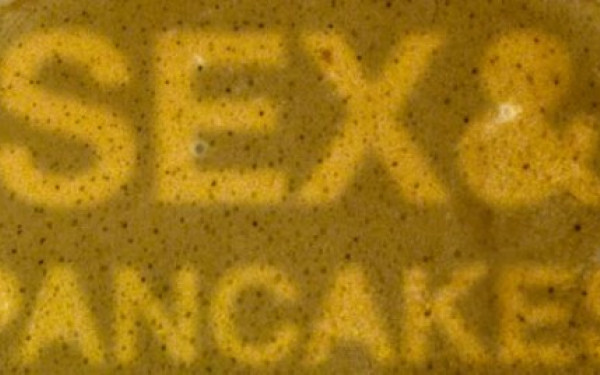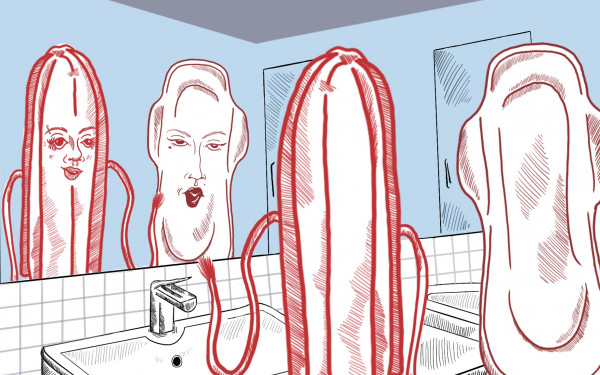The Ace Of Cups
I used to see and experience my period the same way I still see many women around me do: as an inconvenience, as waste, as something gross or unnatural that my body did. But this all started to change after a column I wrote two years ago.
The topic was on how to have an eco-friendly period, and doing the research for that column actually convinced me to switch from tampons to the menstrual cup, which I’ve been using since. It’s been such a positive change that I’ve found myself constantly advocating for others to give it a try, so this week’s and next week’s columns will be dedicated to sharing my reasons for making the switch, as well as changes I’ve noticed since doing so.
There are three major things that stuck with me after doing my initial research: the toxic chemicals that are introduced into the body through tampons, the fact that tampons disrupt self-regulation by absorbing fluids that are critical for balancing pH levels and other factors in the vagina, and the cost difference between the cup and tampons.
Many of us are concerned, and rightly so, with informing ourselves on the products we purchase and what we put in our bodies, but it can be easy to overlook the products we use to deal with our periods.
It’s seen as a given that we use either tampons or pads, and many of us will never really question either of these products or seek out alternatives.
We end up using scented tampons with long applicators and strings so that we never have to touch ourselves while menstruating. We’re constantly told that this completely natural bodily function is dirty, but that the products we use will keep us clean.
In reality these products are anything but clean as they usually contain pesticides, used to grow the cotton they’re made of, and are bleached to give them that clean, sterile, white look that is the antithesis of the dirtiness we’re conditioned to associate with menstruation.
You won’t read about the presence of these chemicals on the side of a tampon box because the companies that make feminine hygiene products have no legal requirements to include the contents of their products in their packaging.
The second major issue is that tampons absorb all the fluid in your vagina. You know the last day of your period when you don’t bleed enough—or at all—for the tampon to absorb fully, so you sometimes end up having to pull out a dry tampon? This happens because tampons aren’t selective with absorption and will absorb any fluid present in the vagina, including its natural lubricating fluid and discharge.
These fluids are essential to regulating overall vaginal health, so their absorption can result in dryness or abnormal pH levels, which can then lead to yeast infections and other irritations. Tampons can also leave fragments of material behind when pulled out dry or even wet.
Finally, you can’t ignore the drastically lower price tag! The cost difference between spending $30 to $40 on a menstrual cup that can last up to five years instead of around $900 for tampons that will last the same amount of time definitely caught my interest.
But these are just general facts and reasons why I first made the decision to switch. Two years since switching, I’ve observed and experienced some pretty major changes for myself and I constantly find myself sharing them with people every time the topic of menstruation comes up.
I truly believe using menstrual cups, especially the Diva Cup, can change the way women experience their periods, and thus their relationship with their body, for the better.
Check out next week’s Sex & Pancakes to find out about my personal experience with the cup!
Submit your question anonymously at sex-pancakes.com and check out “Sex & Pancakes” on Facebook. Got a quick health question? Just need a resource? Text SextEd at 514-700-0445 for a confidential answer within 24 hours!


_600_832_s.png)



